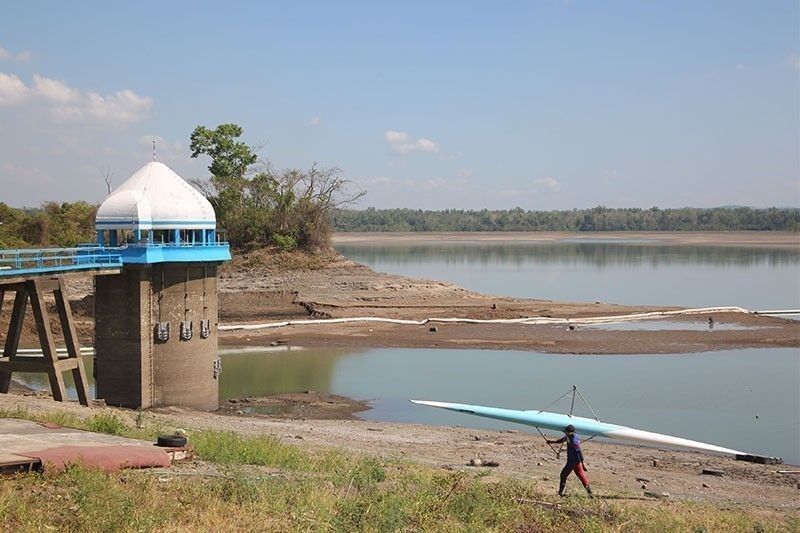PAGASA issues El Niño Watch; public urged to conserve water

MANILA, Philippines — State meteorologists on Thursday issued an El Niño Watch, indicating the increased likelihood that the weather phenomenon characterized by warming ocean temperatures will develop in the first third quarter of 2023.
An El Niño Watch is issued when conditions are favorable for the development of El Niño within the next six months and the probability is above 55% and above.
In a briefing, PAGASA said that El Niño "will likely develop in July-August-September 2023 season and may persist until 2024."
El Niño increases the likelihood of below-normal rainfall conditions, which could lead to dry spells and droughts in some areas of the Philippines.
However, above-normal rainfall conditions may be also experienced in the western part of the country during the southwest monsoon (habagat) season
The neutral phase of El Niño-Southern Oscillation (ENSO) — or the recurring climate pattern across the tropical Pacific — is currently happening and will continue until June.
The last El Niño event in the country occurred from the last quarter of 2018 to the third quarter of 2019.
El Niño preps
El Niño can deplete water supplies and cause significant losses in agricultural production.
In 2019, Metro Manila and neighboring provinces experienced water shortage as the El Niño contributed to a massive decline in rainfall. The damage brought by the phenomenon to agriculture reached around $8 billion.
“We have a window for anticipation. One good anticipatory action is capturing what is available during the rainy season,” Thelma Cinco, weather services chief of PAGASA’s climatology and agrometeorology division, said in a briefing on Thursday.
PAGASA officials also advised Filipinos to do the following measures to conserve water:
- Use a glass of water when brushing teeth
- Water plants in the morning or in the evening
- Take a bath in five minutes tops
- Use a bucket of water and a rag to wash your car or bike
- Only use washing machine when it’s fully-loaded
- Use water basins when washing dishes by hand
- Collect rain water
The state weather bureau on Tuesday declared the start of the dry season, which is expected to last until May.
El Niño, habagat, cyclones
Ana Liza Solis, chief of PAGASA’s climate monitoring and prediction section, said that climate change affected the frequency and intensity of El Niño events.
“In the year 2000, strong El Niño events happened every 15 years. But after 2000, strong El Niño events occurred in five to seven years,” she said.
According to Solis, the southwest monsoon or habagat can be enhanced during El Niño.
Solis said that some of the strong tropical cyclones that may develop during El Niño may recurve or not enter the Philippine Area of Responsibility. But if cyclones approach the country, their winds and rains are likely to be more intense.
How many tropical cyclones are expected this year?
- April – 0 to 1
- May – 1 to 2
- June – 1 to 2
- July – 2 to 3
- August – 2 to 3
- September – 2 to 3
Solis also said that climate change affected the frequency and intensity of El Niño events.
“In the year 2000, strong El Niño events happened every 15 years. But after 2000, strong El Niño events occurred in five to seven years,” she said.
- Latest
- Trending


































